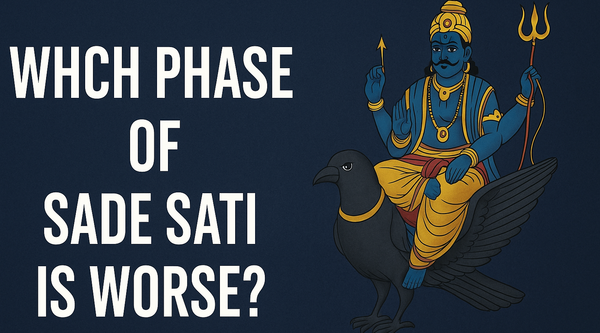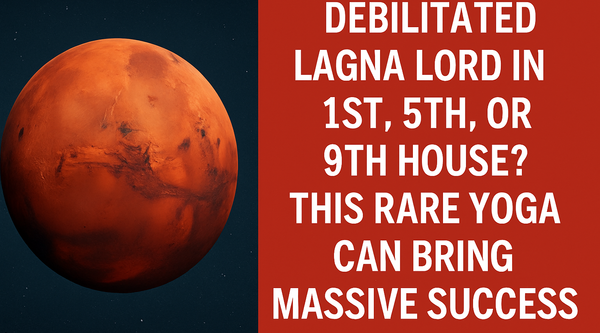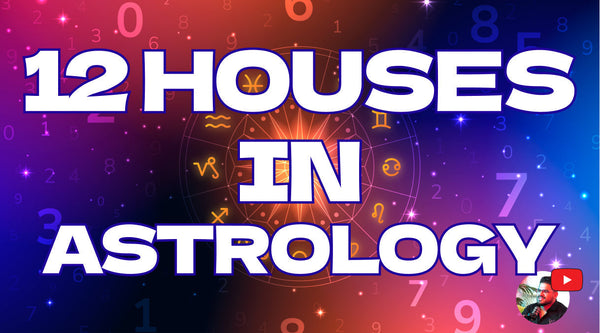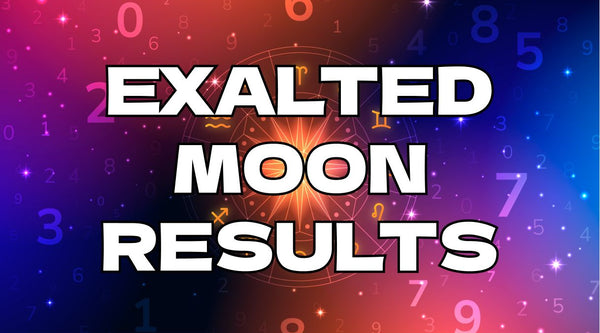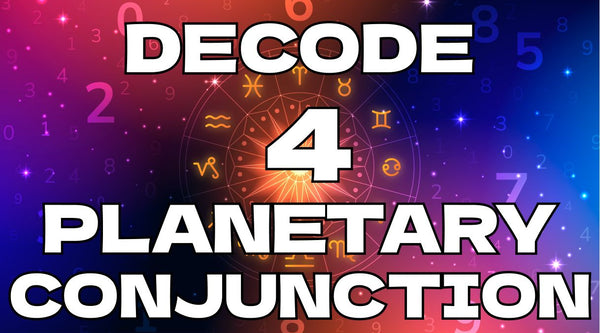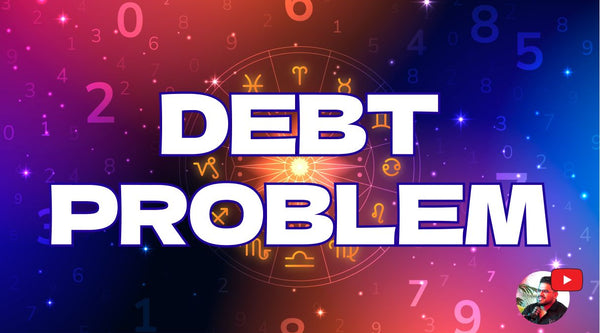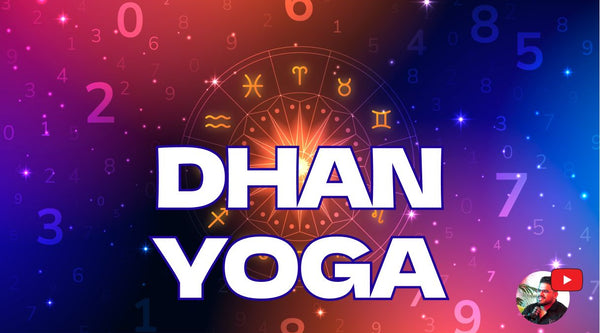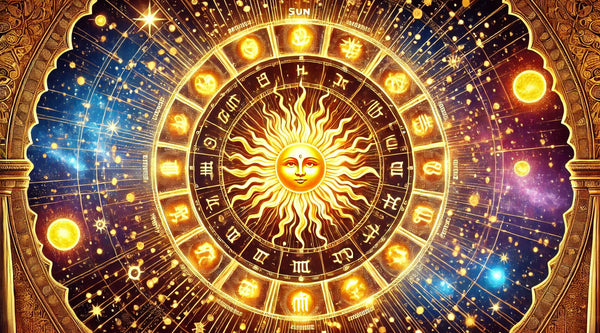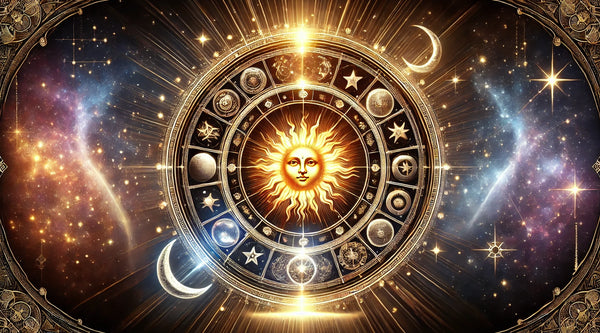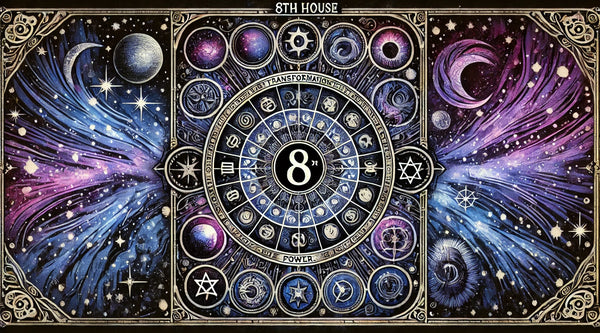DwiSaptati Sama Dasha: Special Dashas in Vedic Astrology
In Vedic astrology, timing is key. It guides both practitioners and seekers. Among the many tools for this purpose, dashas hold a prominent position. The Vimshottari Dasha system is the most common. It is broadly applicable. But, a natal chart or kundali has special dashas for specific planetary alignments. A unique, lesser-known system is the DwiSaptati Sama Dasha. It is used under certain conditions.
What is DwiSaptati Sama Dasha?
The DwiSaptati Sama Dasha is a timing system in ancient Vedic astrology outlined by the revered Sage Parashara. "DwiSaptati" means "72." Its name reflects its unique structure and duration. This dasha aims to provide insights into specific individuals' karmic patterns and events. Their charts must meet particular criteria. The Vimshottari Dasha is more general in its use. The DwiSaptati Sama Dasha is more selective. It offers a better way to analyze a horoscope.
The Conditions for Applicability
Sage Parashara says to use the DwiSaptati Sama Dasha only if a horoscope meets certain conditions. These conditions concern the Lagna (Ascendant) Lord and the 7th house. The 7th house rules relationships, partnerships, and the outside world. The two primary criteria for the application of this dasha are:
- Lagna Lord in the 7th House: If the Lord of the Ascendant is placed in the 7th house, this dasha becomes applicable. This alignment signifies a strong karmic interplay between the self (Lagna) and others (7th house).
- 7th House Lord in the Lagna: Alternatively, if the Lord of the 7th house is positioned in the Lagna, the DwiSaptati Sama Dasha is used. This placement shows how partnerships and connections shape a person's path.
These conditions show a unique energy exchange between the self and the external world. They suggest that the standard Vimshottari Dasha may need to capture the subtleties of such charts.
Structure and Duration of DwiSaptati Sama Dasha
The DwiSaptati Sama Dasha spans 72 years. It is divided among the nine Vedic astrological planets. Each planet is assigned a specific period within this timeframe. The sequence follows the traditional planetary order. Each planetary period may vary based on the individual's chart, ensuring personalized timing for life events.
This Dasha system is very good at finding the impact of planetary alignments on major life events, including relationships, partnerships, career advances, and spiritual growth.
Why Choose DwiSaptati Sama Dasha Over Vimshottari Dasha?
Sage Parashara has clarified that the Vimshottari Dasha is a universal system. Use it when no unique Dasha is suitable. However, in cases where the conditions for DwiSaptati Sama Dasha are met, precision and relevance are taken precedence. Here's why:
- The DwiSaptati Sama Dasha is for the unique karmic patterns from the Lagna and 7th house Lords' interaction. This level of specificity is not achievable with the Vimshottari Dasha.
- Focus on Relationships and Partnerships: This dasha system, focusing on the Lagna and 7th house exchange, offers insights into partnerships. It highlights the influence of others on the individual's journey.
- Accurate Timing of Events: The planetary periods must be precise. This aligns the timing of events with the chart's unique dynamics, improving accuracy.
- Clarity in Decision-Making: For individuals with this specific planetary alignment, the DwiSaptati Sama Dasha is a more reliable tool for making life decisions and understanding karmic responsibilities.
The Philosophical Significance of the Lagna and 7th House Exchange
The Lagna and the 7th houses are deeply significant in astrology and philosophy. The Lagna is the self. It is our identity and our goals. The 7th house, in contrast, symbolizes partnerships and interactions with the world. When the Lords of these houses exchange places, it means a strong karmic link. It connects self-growth and outside influences.
- Karmic Balance: This exchange shows a need to balance personal desires with the expectations of others.
- Lessons Through Relationships: Such charts often suggest that partnerships will teach us important life lessons.
- Integration of Opposites: The alignment teaches a balance of "self" and "others." It urges harmony between one's inner and outer worlds.
How to Interpret DwiSaptati Sama Dasha Periods
To interpret the DwiSaptati Sama Dasha, analyze the person's natal chart. Focus on its planetary periods and sub-periods (antardashas). Key factors to consider include:
- Planetary Strength: The strength and placement of the planets ruling the dasha and antardasha periods determine their influence during the respective phases.
- Aspects and Conjunctions: The dasha planets' interactions with other planets in the chart add layers of meaning.
- House Ownership and Placement: The dasha planets and their chart positions show which life areas are affected during their periods.
- Transits: Current planetary transits during the dasha periods can enhance or modify the outcomes predicted by the DwiSaptati Sama Dasha.
Practical Applications of DwiSaptati Sama Dasha
The DwiSaptati Sama Dasha is key to understanding:
- Relationship Dynamics sheds light on the individual's interactions, partnerships, and marital life.
- Professional Alliances: The dasha shows that partnerships help career growth.
- Karmic Responsibilities: It helps find the karmic lessons in swapping Lagna and 7th house energies.
- Spiritual Growth: The dasha helps those on a spiritual path. It offers insights into balancing personal and external duties, which is part of their journey.
The DwiSaptati Sama Dasha is a key tool in Vedic astrology. It offers unique insights into the lives of people with specific planetary alignments. This Dasha system, by focusing on the unique exchange between the Lagna and the 7th house Lords, transcends the limits of the standard Vimshottari Dasha. It offers a custom framework for understanding life's complex patterns. When used well, it reveals the karmic purposes of an individual's journey. It is a must-have for astrologers and seekers.


